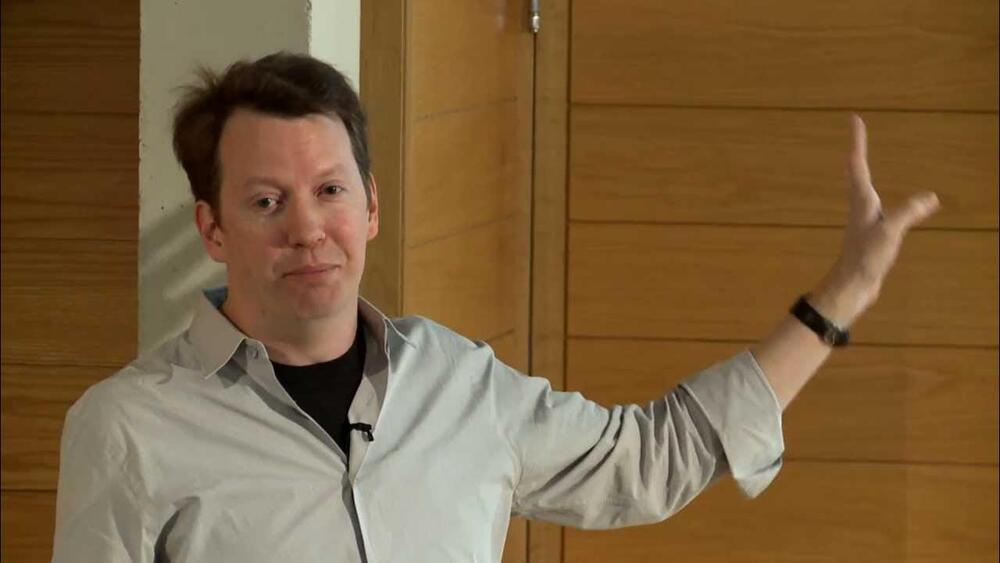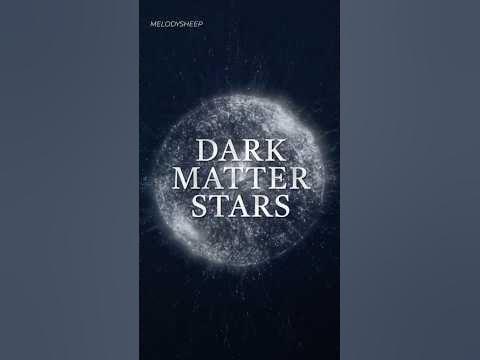Lecture from the 2nd mini-series (Is “God” Explanatory) from the “Philosophy of Cosmology” project. A University of Oxford and Cambridge Collaboration.

Lecture from the 2nd mini-series (Is “God” Explanatory) from the “Philosophy of Cosmology” project. A University of Oxford and Cambridge Collaboration.
Dark matter isn’t just floating around filling up empty space. Importantly, it is found in clumps and structures, similar to ordinary matter. It forms the structure onto which ordinary matter gloms and is thought to be responsible for the structures of galaxies and the universe as a whole.
“We know that galaxies form in the scaffold that dark matter produces,” astronomer and early universe researcher Steve Wilkins of the University of Sussex explained. “It is an integral part of our universe to explain what we see.”
“We don’t have a firm theoretical handle on what dark matter should be.”
Throughout history, humans have gazed at the sky, contemplating the celestial lights, including the sun, the moon, and beyond. In those ancient moments, an insatiable curiosity ignited within them, urging them to seek answers about the origins of the cosmos. Over time, this burning curiosity has been passed down, compelling generations to develop theories in pursuit of one timeless question: Where did it all come from?
One of the most complete and widely accepted theories in this regard is the Big Bang Theory. The Big Bang is a scientific theory that proposes that the birth and development of the universe originated from a point in space-time called the singularity. Think of this in a way that all the matter and energy of the universe were trapped in an inconceivably small point of high density and high temperature (Williams & Today, n.d.). It is theorized to be a colossal release of energy that initiated the rapid expansion of the universe over 13.7 billion years that led to the creation of galaxies, stars, planetary systems and eventually humankind. What happened that led to the sudden expansion? This question continues to puzzle cosmologists, as the answer remains unknown to this day (What Is the Big Bang Theory? n.d.).
In 1915, while developing his General Theory of Relativity, Albert Einstein faced a challenge. If gravity were to solely attract all objects, the universe would ultimately collapse under its overwhelming force. However, observations indicated that the universe was not collapsing. To address this issue, Einstein introduced a cosmological constant into his equations. This constant acted as a counterforce to gravity and proposed a static model of the universe. Little did Einstein know that an astronomer named Edwin Hubble would soon contradict his proposed static model of the universe. Working at Mount Wilson Observatory in California, Hubble made a noteworthy observation in the late 1920s. He noticed a peculiar phenomenon known as redshift, where light emitted by celestial bodies moved toward the red end of the spectrum, indicating that they were moving away from us (Vogel, 2021).
The Big Bang marks the birth of the Universe, right? The physicists brave enough to look beyond it aren’t so sure.
Black holes are the most mysterious objects in the universe, with features that sound like they come straight from a sci-fi movie.
Stellar-mass black holes with masses of roughly 10 suns, for example, reveal their existence by eating materials from their companion stars. And in some instances, supermassive black holes accumulate at the center of some galaxies to form bright compact regions known as quasars with masses equal to millions to billions of our sun. A subset of accreting stellar-mass black holes that can launch jets of highly magnetized plasma are called microquasars.
An international team of scientists, including UNLV astrophysicist Bing Zhang, reports in Nature on a dedicated observational campaign on the galactic microquasar dubbed GRS 1915+105. The team revealed features of a microquasar system that have never before been seen.
All of the matter and radiation we measure today originated in a hot Big Bang long ago. The Universe was never empty, not even before that.
In a troubling indicator of the state of science denialism, James Webb Space Telescope findings were twisted to undermine the Big Bang theory.

Did the JWST just find evidence for dark matter stars? NASA released new findings by the james webb telescope where it may have found three possible candidat…
With breakthroughs in astronomical observation, scientists now have confirmed the existence of supermassive black holes at the centers of galaxies. The recent release of black hole images has further charged people’s curiosity about black holes while providing additional evidence to support Einstein’s general theory of relativity.
These supermassive black holes range in mass from millions to billions of solar masses. Astonishingly, some of these black holes have formed less than a billion years after the Big Bang. Understanding how these black holes formed and grew to such enormous mass in such a short period of time has always been an important topic in modern astrophysics.
A research team composed of Chi-Hong Lin and Ke-Jung Chen from the Institute of Astronomy and Astrophysics, Academia Sinica (ASIAA) and Chorng-Yuan Hwang from the Institute of Astronomy at National Central University has made significant new advances in the formation theory of supermassive black holes. The research results have been published in The Astrophysical Journal.
https://www.youtube.com/watch?v=Nnb1j_vKInQ
Another day, another mind-bending discovery by the James Webb Space telescope!And this time it has caught glimpse of possible first ever Dark Stars! What are dark stars and why is this discovery so huge?
Intriguing insights have emerged from a collaborative effort involving three astrophysicists from The University of Texas at Austin, and Colgate University. Their investigation delved into the images captured by the James Webb Space Telescope, leading to the identification of three luminous objects that could potentially be dark stars.#darkmatter #stars #jameswebbspacetelescope Join Lab360 to get access to some amazing perks:
Continue reading “James Webb Telescope Detects ‘Dark Stars’ Made of Annihilating Dark Matter!” »